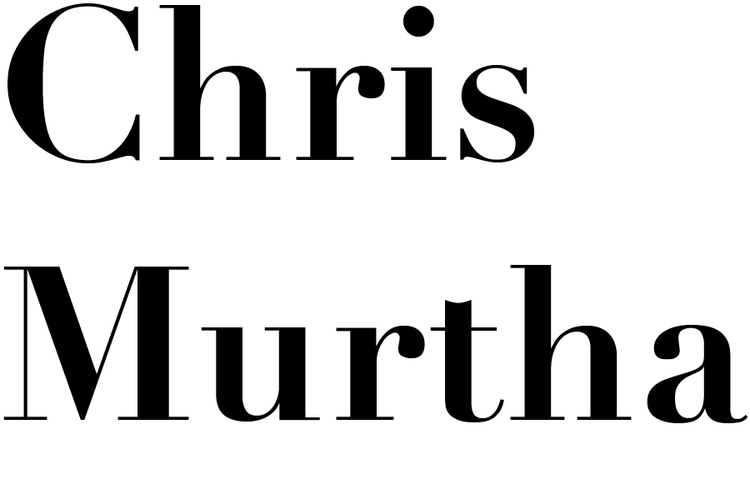Jessi Reaves at Bridget Donahue
On view through June 5
Jessi Reaves’ recent installation at SculptureCenter was intriguing but too small to encompass the breadth of her project. This exhibition impresses with an excess of funky, homespun pieces of semi-functional, inside-out furniture displayed in a showroom setting. The most prevalent materials are plywood and foam, which the artist often leaves exposed, though they are normally hidden beneath upholstery. In addition to repurposing found furniture, Reaves also uses leather scraps, silk, plywood, sawdust, and driftwood to create lounge chairs, cabinets, bookshelves, lamps, and tables. In Rules Around Here (Waterproof Shelf), 2016, a free-standing shelving unit is “waterproofed” by clothing it in a midnight-blue vinyl case that doubles as a kinky dress, emphasizing the natural relationship between design and the human form. For Mind At the Rodeo (XJ Fender Table Noguchi Knockoff #2), 2016, she creates a variation on Noguchi’s iconic table, using fenders from a Jeep Cherokee truck for the legs. This piece is indicative of how Reaves uses her own slapdash style of design to appropriate modernism, replacing its pristine tendencies with something more human.
99 Bowery | Chinatown
www.bridgetdonahue.nyc
Top: Installation view with Muscle Chair (Laying down to talk) and Beaver's Lunch (The Uncoverer), both 2016; Bottom: Installation view, “Jessi Reaves,” April 10 – June 5, 2016, Bridget Donahue, NY. (Photos: Chris Murtha)
Josh Kline at 47 Canal
On view through June 12
Josh Kline, who isn’t shy about his politics, shares his apocalyptic vision of employment, which reduces everything to disposable commodities, including workers. In a carpeted gallery, 3D-printed sculptures depict dejected employees—most notably, a mortgage loan officer—curled up on the floor and wrapped up in clear plastic bags. They are ready to be discarded or recycled, just like the silicone casts of bottles and outmoded computer parts that are piled up into shopping carts. In Universal Early Retirement (spots #1 & #2), 2016, Kline advocates for guaranteed basic income with two commercials that imitate the idealized aesthetics of banking and pharmaceutical advertisements. Instead of blissful relief and financial security, Kline offers to liberate time from the limitations of a monetized system. In a darkened side gallery, a series of virus-shaped pods, titled Contagious Unemployment, 2016, are suspended from the ceiling. Like time capsules, each sculpture contains a banker’s box filled with the kind of personal belongings the recently laid-off would assemble from their cubicles—a potted plant, children's art, a baseball hat, and a spare tie. These are objects that tether a job to life outside the workplace, humanizing the daily grind. At least you get to take them with you when you go.
291 Grand Street | Lower East Side
www.47canal.us
Top: Installation view with Universal Early Retirement (spots #1 & #2), 2016; Bottom: Installation view, Josh Kline, “Unemployment,” May 3 – June 12, 47 Canal, NY. (Photos: Chris Murtha)
Ken Price at Matthew Marks Gallery
On view through June 25
In 2013, I was blown away by The Drawing Center’s exhibition of Ken Price’s works on paper, a show that spanned the sculptor’s entire career. The cups! The volcanic landscapes! The west coast noir! Similarly, this exhibition features previously unseen drawings that run the gamut, from his early sculptural studies to the spare Los Angeles interiors and car crashes he depicted in the 1990s, and onto the lava- and lightning-charged landscapes he created until his death in 2012. Price’s work in the medium has a laid-back graphic sensibility and his application of background washes and vibrant blocks of color points to the influence of popular art, especially comics and illustration. Several drawings, such as Egg Flower Specimen (1968), detail sculptures that may or may not have been realized, whereas others situate the amorphous forms that were typical to his later ceramics within acid-toned desert landscapes, as in The Beautiful West (2005). While his earlier drawings benefit from a relationship to his three-dimensional works, Price’s surreal landscapes stand on their own, rendering a desolate, imaginary world that has an uncanny resemblance to our own.
523 W 24th Street | Chelsea
www.matthewmarks.com
Top: Car Plunge (detail), 1994, Acrylic and ink on paper, 14 x 11 1/4 inches; Bottom: All Alone (detail), 2007, Acrylic and ink on paper, 9 x 6 inches.
Other Recommendations:
Lui Shtini at Kate Werble Gallery
83 Vandam Street | TriBeCa
On view through June 4
Ariel Dill at Turn Gallery
37 East 1st Street | East Village
On view through June 12
Hilton Als at The Artist’s Institute
132 E 65th Street | Upper East Side
On view through June 18
"Frida Smoked" at Invisible-Exports
89 Eldridge Street | Lower East Side
On view through June 19
"Overview" posts provide recommendations for current exhibitions in and around New York City.
